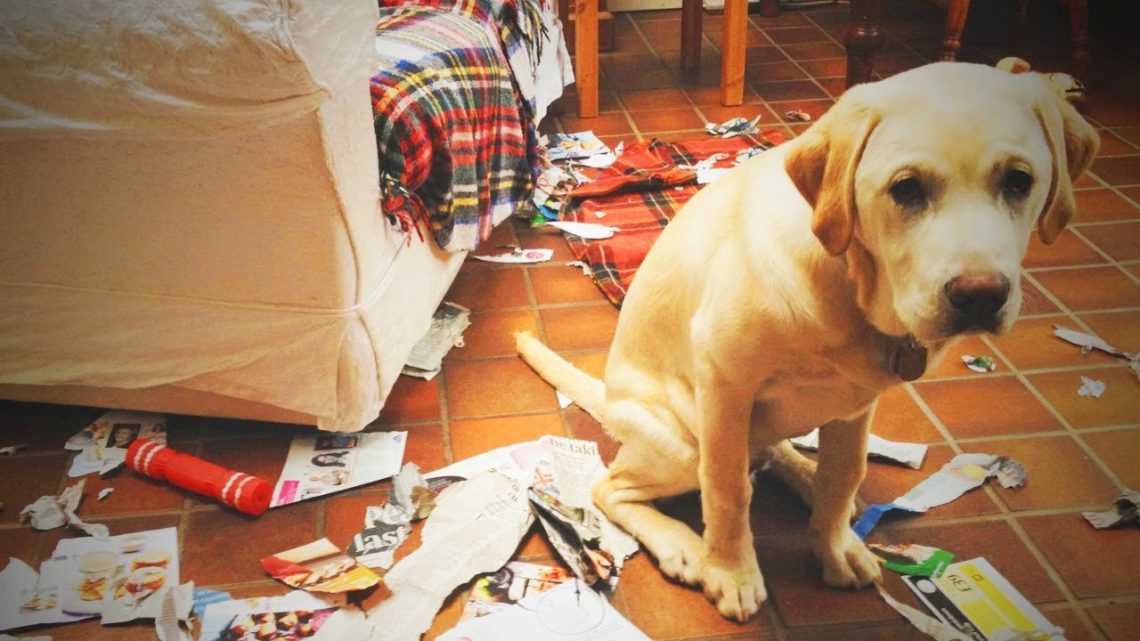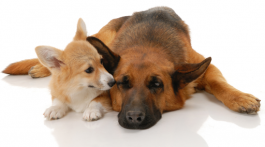Spot Is Not the Dog They Described
There have been more than a few house sitters who have arrived at sits only to find that the dog’s behaviour is different from the owner’s description. The dog might be a bundle of energy who “never stops moving” while others may think of a pet sitter as a play toy.

What can a dog sitter do? The best cure for poor dog behaviour is good human leadership.
Leadership means nurturing trust and using great doggie manners. Our goal when we handle stranger dogs is to create situations that make a dog comfortable rather than anxious.
Did you know that touching a dog on the top of their head makes them anxious? There are places to touch a dog that promote trust and feelings of safety but the top of the dog’s head isn’t one of them.
There’s a new online course designed just for house and dog sitters that teaches you how to build relationships of mutual trust and respect with stranger dogs.
Designed by full-time house sitters, expert dog handlers and professional trainers, we show you how to quickly (2 hours) build trust with a stranger dog.
Security is a Primal Need
The most primal need a domestic dog has is the need to feel secure in a pack. The most important things to know about dogs and dog sitting is that:
- the dog believes you are a pack.
- the dog believes that a pack must have a leader.
- Mother Nature hardwired dogs to be live in a pack and follow the leader.
- Dogs want to follow you. All you need to do is act in a way that a dog understands so that they learn to trust you.
Trust is important because a dog that trusts feels secure.
Dog leadership is about developing relationships of trust and nurturing a calm mind.
The first rule of dog sitting is to provide leadership and security to the dog(s) in your care.
Set a Couple of Rules to Have More Fun.
Does a pet sitter have the right to expect different behaviour? Definitely, and that’s because:
- your safety is paramount
- the dog’s security is critical
- you’re legally responsible for the dog’s behaviour
- it’s your pack
- it’s not permanent
When we house sit, we have 3 rules: no teeth, no jumping, be calm.
The dogs will always adapt to our rules because dogs adapt to leadership.
Beyond your safety and that of the dog, is the safety of others you meet on your walks. In countries such as the Australia, UK, Canada and the USA, the dog handler is legally responsible for the dog’s actions.
By providing good leadership, you and the dog are both safer as are the other people and dogs you encounter.
We ask the dog to follow our rules because we know that any changes are not permanent. It takes only seconds for the dog to change back once their owner returns.
Learn How to Lead Dogs:
Dog Leadership for House Sitters is a course created by full-time house sitters, expert dog handlers and a professional trainer.
We focus on creating positive interactions, nurturing a calm mind and establishing trust with gentle, proven techniques that all dogs recognize as leadership.
Dog Leadership for House Sitters teaches you how to move from house sit to house sit, quickly building relationships of trust with dogs who don’t know you.
Our Blueprint for Success shows you how to build trust between yourself and the dog quickly. In fact, you can build trust and a good relationship in just 2 hours.
Leadership is not “dog training”. Leadership is a universal skill that you can use with any dog, in any country, regardless of the language they’ve been trained in. All dogs respond to dog leadership.




No Comment